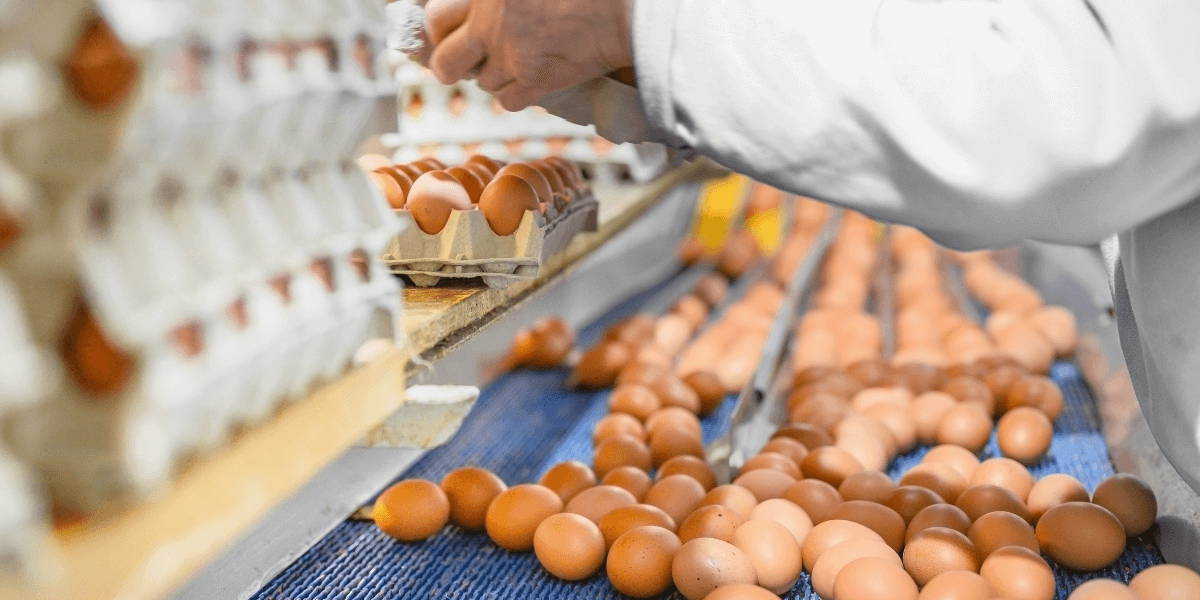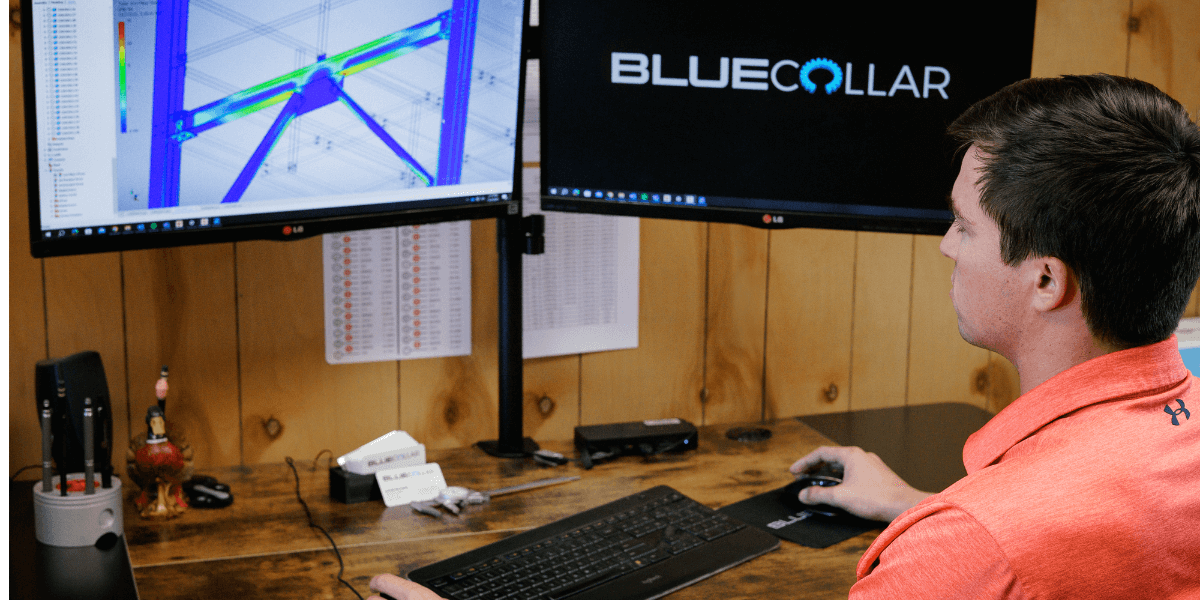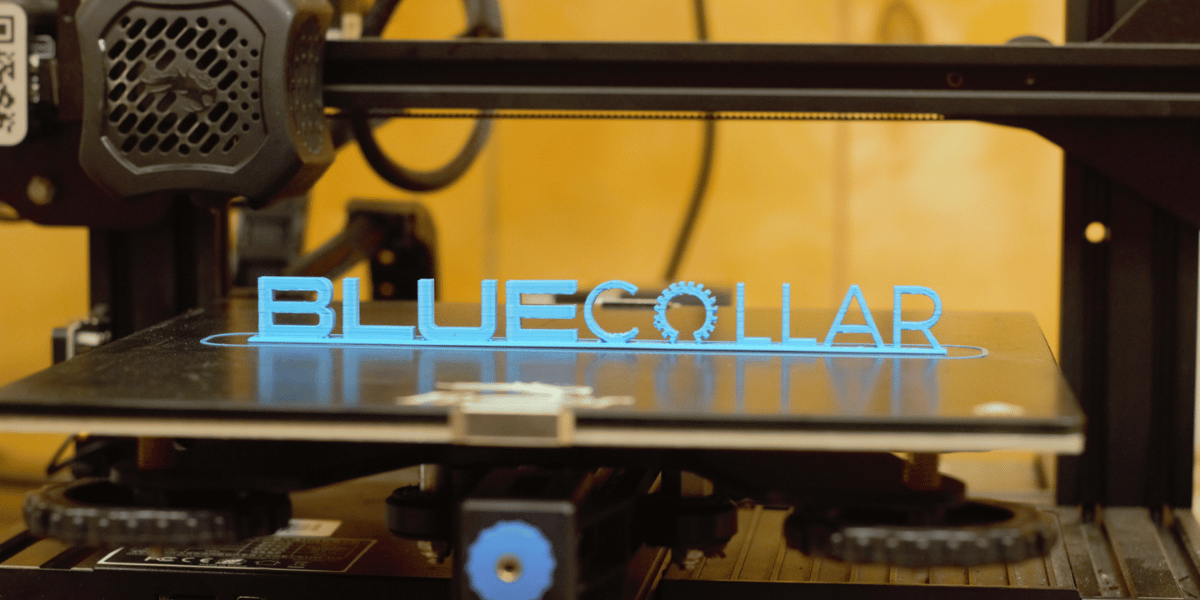Optimizing Food Production Facility Design for Compliance and Safety
When it comes to food production, the design and engineering of your facility play a crucial role in determining the success of your operation....
4 min read
Blue Collar Dec 5, 2024 1:02:15 PM
As we advance into a future where environmental stewardship is more important than ever, eco-friendly engineering has become an essential part of the design and construction industries. This approach focuses on energy-efficient structures and emphasizes using materials and processes that minimize environmental impact. In this blog, we will delve into the core principles of eco-friendly engineering, the various benefits of these practices, and the tangible impact they have on the construction and design industries.
Eco-friendly engineering, also known as sustainable engineering, refers to the application of environmentally responsible practices in the planning, designing, and constructing buildings and infrastructure. It involves using renewable resources, energy-efficient systems, and design techniques to reduce environmental impact. The ultimate goal of eco-friendly engineering is to build structures and systems that serve the present needs and conserve resources for future generations.
This concept incorporates many strategies, from designing energy-efficient buildings to employing green technologies that promote sustainability. Whether through the use of solar power, energy-efficient insulation, or sustainable building materials, eco-friendly engineering helps create systems that are both functional and eco-conscious.
Sustainable engineering is built on several key principles that guide the development of eco-friendly projects. These principles ensure that the impact on the environment is minimized while maintaining the project's performance and durability.
Energy Efficiency: One of the most important aspects of sustainable engineering is energy efficiency. This can be achieved by designing systems that reduce overall energy consumption through better insulation, using passive heating and cooling systems, or incorporating renewable energy sources such as solar panels or wind energy. Energy-efficient buildings reduce the carbon footprint and lower utility bills for the occupants.
Sustainable Materials: The selection of materials plays a significant role in eco-friendly engineering. Sustainable materials are renewable, recyclable, or have a minimal environmental footprint. These include locally sourced materials, recycled steel, low-impact concrete, and sustainable wood products. Choosing these materials helps reduce the depletion of natural resources and promotes a circular economy.
Water Conservation: In sustainable design, water efficiency is another major consideration. Eco-friendly buildings often incorporate water-saving features such as low-flow plumbing fixtures, rainwater harvesting systems, and drought-resistant landscaping. These efforts help conserve water, reduce waste, and lower the overall environmental footprint of the building.
Waste Reduction: Sustainable engineering also emphasizes minimizing waste throughout the construction process and the building's lifecycle. This can be achieved by using efficient construction methods that reduce material waste and designing buildings that can be easily disassembled or repurposed when they reach the end of their useful life.
Adopting eco-friendly engineering practices has many benefits—not just for the environment but also for the businesses and communities that implement them.
Cost Savings: Though some green technologies and materials may have higher upfront costs, they lead to long-term savings. Energy-efficient systems and water-conserving technologies can significantly reduce utility bills over time. Additionally, eco-friendly buildings often require less maintenance, further lowering costs.
Environmental Impact: The environmental benefits of eco-friendly engineering are significant. Sustainable buildings use fewer natural resources, emit less carbon dioxide, and contribute to a reduction in air and water pollution. By minimizing the environmental footprint of buildings, eco-friendly engineering helps protect the planet for future generations.
Health and Well-being: Buildings designed with eco-friendly engineering principles often provide healthier indoor environments. They are equipped with better ventilation, natural lighting, and air filtration systems, all of which contribute to the well-being of the occupants. A healthier living or working environment also leads to increased productivity and improved overall quality of life.
Increased Property Value: As sustainability becomes a growing concern among homeowners and businesses, properties built with eco-friendly engineering principles tend to have higher market value. Energy-efficient homes, for example, are more attractive to buyers due to their reduced environmental impact and long-term cost savings.
Future-Proofing: As climate change accelerates, sustainable buildings are better equipped to handle extreme weather conditions. The resilience of eco-friendly buildings—regarding energy efficiency, water management, or sustainable materials—makes them more adaptable to future challenges, such as rising temperatures or increased storm activity.
%20(1).png?width=1200&height=600&name=Blog%20Featured%20Images%20(4)%20(1).png)
Eco-friendly engineering has gained widespread adoption across various sectors, with impressive results that showcase the potential of green technologies and design practices.
The construction industry has seen the rise of green certifications such as LEED (Leadership in Energy and Environmental Design), which encourage sustainable practices in building projects. Eco-friendly construction involves everything from using recycled materials to designing buildings that consume less energy. Modern construction techniques allow for creating high-performance, energy-efficient buildings that reduce overall environmental impact.
Major cities worldwide are integrating eco-friendly engineering practices into urban planning. From green roofs and renewable energy infrastructure to smart transportation systems and water conservation strategies, urban planners prioritize sustainability to create greener, more livable cities. These efforts aim to reduce pollution and provide residents with a healthier, more sustainable environment.
Eco-friendly engineering is also being applied in manufacturing processes, where companies are increasingly focused on reducing waste, conserving energy, and minimizing the use of harmful chemicals. From eco-efficient factories that recycle materials to using green technologies in production, sustainable manufacturing is helping industries become more environmentally responsible.
While the advantages of eco-friendly engineering are clear, the road to widespread adoption is not without challenges. The initial cost of green technologies and materials can be prohibitive for some projects, and the design and implementation of sustainable systems often require specialized knowledge. Moreover, there may be resistance to change, particularly in industries traditionally focused on cost-cutting rather than long-term sustainability.
However, as green technologies become more accessible and the demand for sustainable practices grows, many companies find adopting eco-friendly practices easier. The long-term financial benefits and positive environmental impact are increasingly making sustainable engineering a viable option for businesses and governments.
Eco-friendly engineering is no longer a trend but is necessary for building a sustainable future. By incorporating green practices into design, construction, and manufacturing, we can reduce our environmental footprint, save costs, and create healthier, more resilient communities.
At Blue Collar Engineering, we are committed to integrating these sustainable practices into every project we undertake. By working together, we can ensure that our buildings, infrastructure, and manufacturing processes are functional and environmentally responsible.
At Blue Collar Engineering, we specialize in turning concepts into reality. With expertise in 3D scanning, design and drafting, prototyping, engineering, and production management, our team is dedicated to bringing your ideas to life with precision and passion.
From initial concept to final product, we are committed to delivering innovative solutions that meet and exceed your expectations. Whether you're in the food & beverage, oil & gas, or outdoor industry, our multidisciplinary team is equipped to provide turnkey solutions tailored to your needs.

When it comes to food production, the design and engineering of your facility play a crucial role in determining the success of your operation....

Mechanical engineering plays a pivotal role in the creation of products we as consumers use daily. From the simplest household items like a...

In Lafayette, engineering firms are at the forefront of adopting 3D printing, a technology that's reshaping the boundaries of design and production....